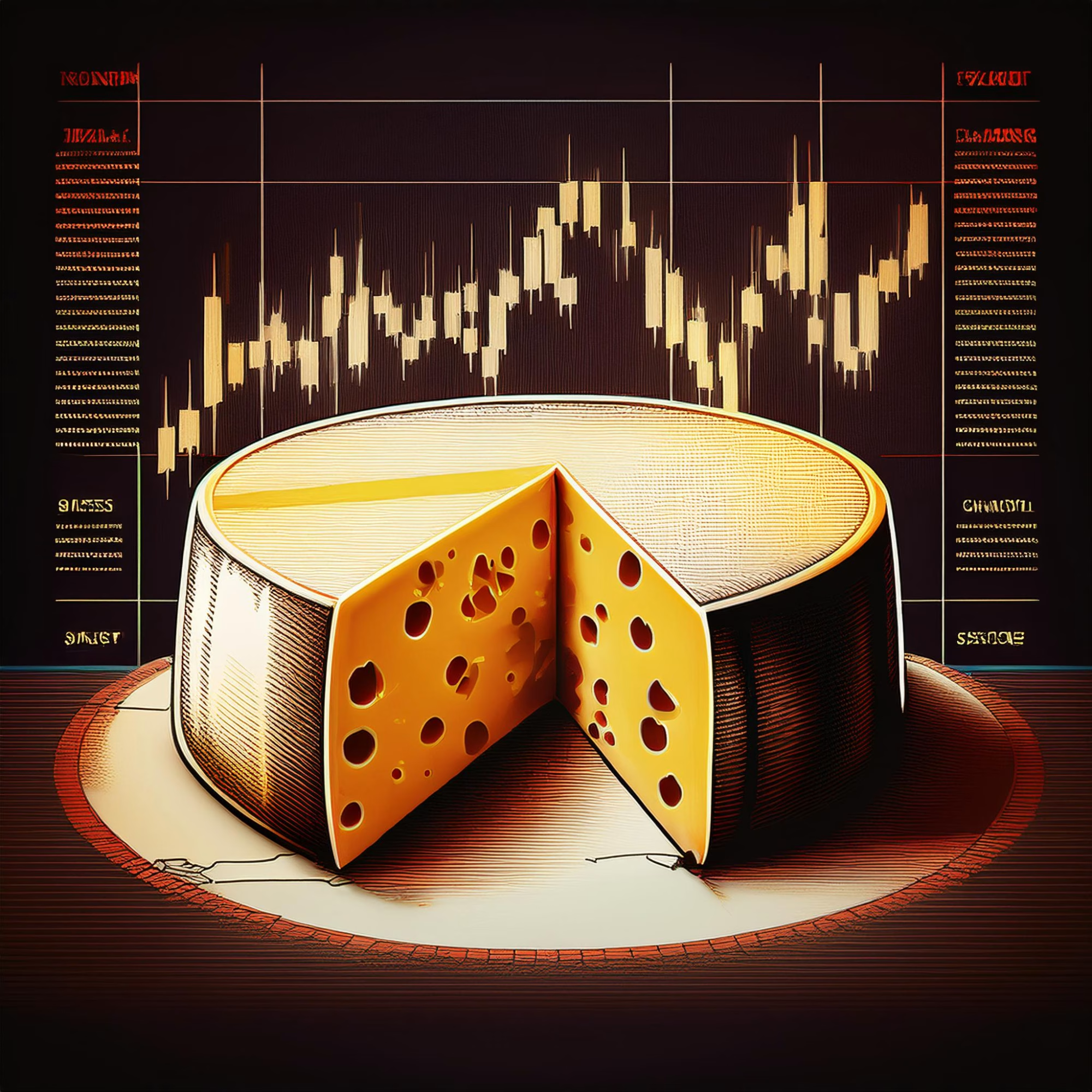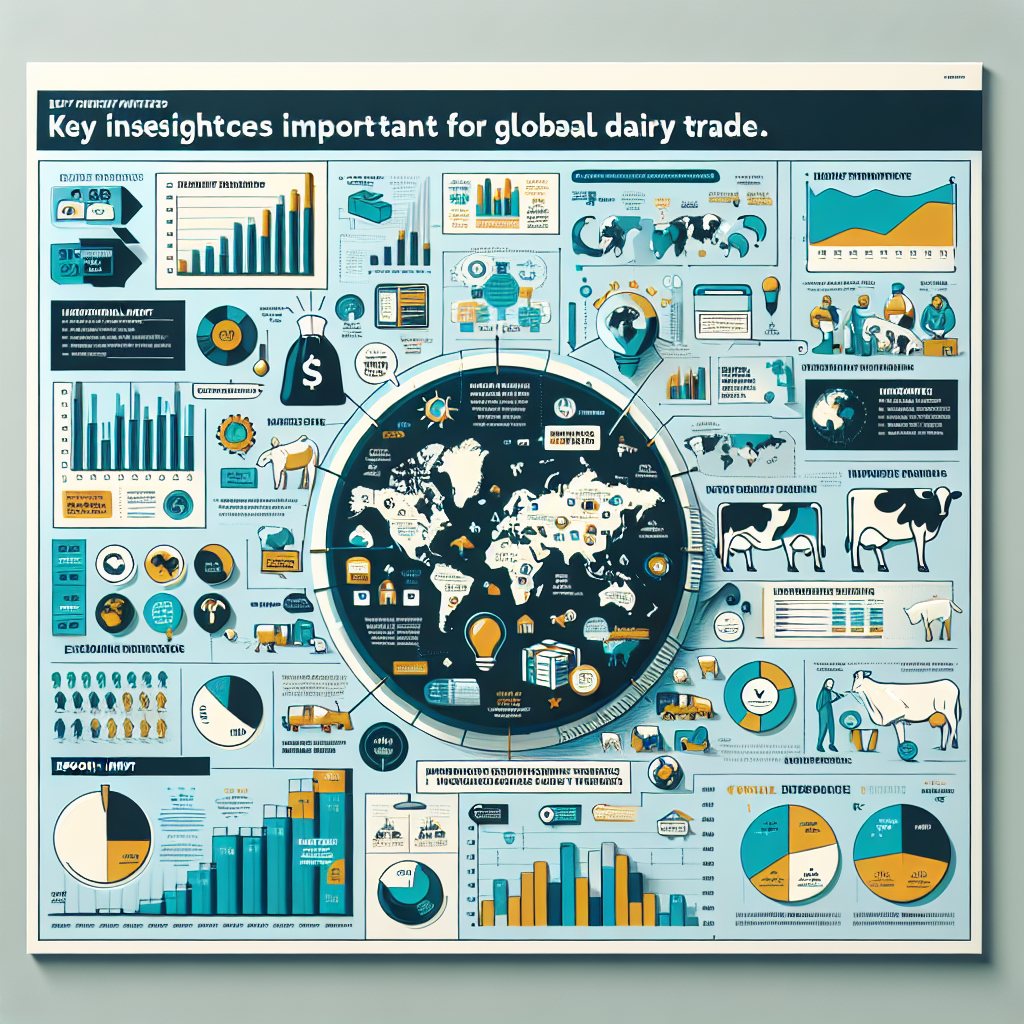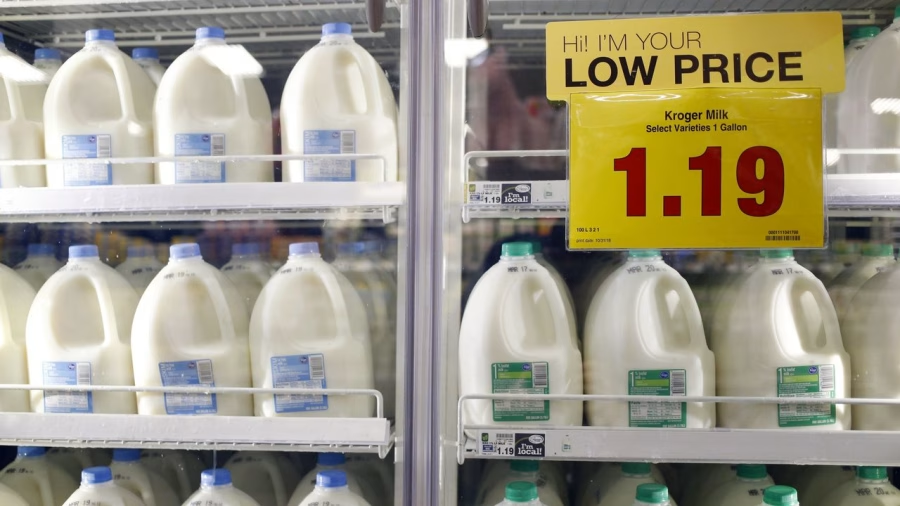Why are Arla’s milk prices unchanged for January 2025? How does this affect dairy farmers? Find out now.
Summary:
The start of 2025 brings a steady note in the dairy industry as Arla, a leading cooperative renowned for its commitment to quality and sustainability, announces the retention of its milk prices for January—conventional milk at 48.54 pence per liter (ppl) and organic milk at 58.53 ppl. This decision surfaces amid a complex global market scenario, where slight increases in global milk supplies coincide with slow retail sales growth and weakening in the post-holiday commodity market. “The outlook remains slightly negative,” Arla reflects, acknowledging the lingering uncertainty around commodity price trends. Maintaining these prices is vital for producers and consumers as the dairy industry navigates an intricate mix of supply and demand dynamics influenced by enhanced farming methods, favorable weather, changing consumer preferences, and an expanding middle class in developing markets.
Key Takeaways:
- Arla maintains stable milk prices for both conventional and organic milk for January 2025.
- The pricing decision comes as a response to a slight increase in global milk supplies and modest retail sales growth.
- Commodity markets are experiencing a downturn following Christmas, impacting the outlook.
- Arla anticipates a slightly negative market outlook due to uncertainty in commodity prices.
- Retail dairy markets remain stable despite fluctuations in the commodity sector.

Picture this: the dairy industry churns out a staggering amount of milk daily, with over 600 million liters produced globally. That’s enough to fill about 240 Olympic-sized swimming pools. Yet, regarding milk prices, stability feels almost as rare as a blue moon. But here we are in January 2025, and Arla – a major player in this frothy market – has chosen to keep its milk prices steady. Both conventional milk at 48.54p per liter and organic milk holding at 58.52p per liter. So, what’s the deal with this price pause? Let’s dive into Arla’s latest move and what it means for dairy producers and consumers.
“Despite the ebb and flow of global markets and a slight increase in milk supplies, Arla remains committed to stability this month,” an official from Arla Dairy commented.
| Type of Milk | Price per Liter (ppl) |
|---|---|
| Conventional Milk | 48.54p |
| Organic Milk | 58.53p |
Arla Foods: A Global Beacon of Quality and Sustainability in the Dairy Industry
Arla Foods is a cooperative made up of dairy farmers and is one of the largest dairy companies in the world. Starting in Scandinavia, Arla operates globally and is known for providing top-quality dairy products. The company is also a leader in sustainable dairy farming, balancing growth and environmental care. Arla’s strength lies in its network of farmer-owners. This cooperative setup means Arla isn’t just a business but a family of producers making decisions and sharing profits. Members enjoy stability and support, helping them handle market ups and downs.
The price of milk is crucial for both producers and consumers. For farmers, the price they get for their milk affects their income and the future of their farms. Changes in milk prices can impact daily operations, investments in new tech, and the overall health of their businesses. On the other hand, milk prices matter to consumers, too, as they affect what they pay for this everyday product.
The announcement of milk prices, like those set by Arla, is essential. It shows the current state of the market, considering global supply and demand and industry trends. Arla gives its farmers confidence in uncertain market conditions by keeping prices steady. She also offers consumers price stability, which can influence their purchasing choices. This highlights the connection between the dairy supply chain, from farms to supermarkets.
Arla’s Strategic Stability Amidst Dairy Market Oscillations
Arla has decided to keep its milk prices unchanged for January 2025 despite a changing dairy market. Regular milk will remain at 48.54 pence per liter, and organic milk will cost 58.53 per liter. This move comes as the global milk supply rises slightly, but not enough to change the current prices.
Retail sales are growing slowly but steadily, providing stability despite the unpredictable market. After the usual Christmas demand peak, we’ve seen a dip in the commodity markets, which has helped keep retail prices stable. Still, some worry about how commodity prices might change in the future adds a bit of uncertainty.
Navigating the Nuances of Global Dairy Market Dynamics: Balancing Supply, Demand, and Price Structures
The global dairy market is in a tricky spot right now, with a mix of supply and demand affecting milk prices. More milk is produced worldwide, thanks to better farming methods and good weather. But while people buy more dairy products, it’s not by a whole lot. This slow growth in sales reflects changing consumer preferences, with some sticking to traditional dairy and others exploring plant-based options. Arla Foods and other big dairy companies are trying to navigate these shifting trends to keep prices balanced.
Demand isn’t massive in established markets because they’re already pretty saturated, and many are looking at dairy alternatives. However, a growing middle class is increasing dairy intake in less developed markets. This surge in demand is welcome, but it also brings challenges like supply and transport issues. This complex scenario shapes the pricing strategies of dairy giants like Arla, balancing keeping farmers paid well while ensuring customers don’t pay too much.
For farmers, the situation is a mixed bag of opportunities and worries. They might expand and earn more if there’s more supply, but tricky commodity prices could squeeze profits, pushing them to adjust how they work. Staying ahead means engaging in savvy price negotiations and using strategies to protect themselves from market uncertainties. Overall, the global dairy market is continuously changing, and there’s a real need for innovation and teamwork to keep the industry moving forward. Farmers, essential to this system, must stay adaptable, embracing change while sticking to core values of quality and sustainability.
Revving Down After the Festive High: Navigating Dairy Market Dynamics Post-Holiday Season
Market trends often significantly change after Christmas, especially for dairy products. During the holidays, demand for dairy is high, so market activity and prices increase. However, once the holidays end, demand decreases, weakening the markets. This shift affects dairy prices and can make industry enthusiasts wary of economic changes.
When retail sales slow, the dairy industry can struggle due to too much supply and changing prices. While these ups and downs are regular, it’s tough for producers to keep earning profits when prices fall. However, retail markets remain steady because people still shop after the holidays. This steadiness helps reduce sudden price changes, making future pricing easier to predict. This brings a cautious hope for the dairy industry as it deals with slower, more manageable market adjustments.
The combination of weaker markets after Christmas and stable retail sales means dairy prices might change slowly instead of drastically. This balance shows how vital strategic planning is for dairy producers as they try to understand market changes and keep their finances healthy.
Navigating Economic Uncertainty: Arla’s Slightly Negative Outlook Amid Commodity Price Volatility
The slightly negative economic outlook for Arla stems from uncertainty in commodity prices. Variables like unpredictable weather patterns, geopolitical events, and varying energy costs make it challenging for dairy producers to keep prices steady. Commodity markets are crucial for dairy pricing, especially feed costs, which are a significant part of milk production expenses. If these costs rise, dairy farms might face lower profit margins unless milk prices increase, too. Present stability suggests prices won’t drop much, but there’s little room for growth, keeping profits in a tight spot.
If commodity prices remain unpredictable, the dairy industry might experience pricing swings that affect producer revenues, a shift towards secure contracts to avoid price changes, pressure on farms to be more efficient, and shifts in consumer demand influenced by price. This creates a mixed outlook for the market.
Even though Arla’s prices are steady for now, uncertainties remain. Dairy farmers should stay alert and adaptable to manage these changes effectively, ensuring their livelihoods and the industry’s stability.
Exploring the Multifaceted Influences on Dairy Pricing: Expert Insights and Industry Innovations
Experts are sharing their views on the complex factors influencing dairy pricing globally. Dr. Elaine Rutledge, an expert in agricultural markets, explains how supply chains, climate factors, and international trade policies play key roles in setting milk prices. She mentions that geopolitical tensions affect supply chain stability, leading to pricing changes. A recent study from the Journal of Dairy Science highlights consumer trends, especially the growing demand for organic products, as factors that can cause price shifts. It suggests that industry employees should closely monitor these changing consumer preferences.
Industry analyst James Merritt sees potential for future price changes despite current stability. He notes that things like advancing technology, new environmental regulations, and changing consumer needs will likely cause prices to vary over time. Merritt advises industry stakeholders to consider these factors when planning for the long term.
Consultant Sarah Lawrence talks about the rise of digital tools in the dairy sector, pointing out their ability to improve market efficiency and transparency. She expects that real-time data analytics and blockchain technology will lead to more accurate pricing models, foreseeing when data and consumer insights play a more significant role in determining prices.
The Bottom Line
The dairy industry continues to reveal its complexities as Arla holds milk prices steady for January 2025. Despite a slightly pessimistic outlook due to market fluctuations, Arla’s move reflects a careful balance of supply dynamics and retail market stability. This decision highlights the economic challenges faced by global dairy producers. For those in the dairy sector, this is more than numbers—it’s about understanding the forces affecting supply, demand, and prices. We want to hear from you, our readers. What challenges do you face in the dairy landscape? How do such industry changes impact your outlook? Share your thoughts and be part of this ongoing conversation.
Learn more:
- Navigating the Waves: Dairy Producers Defy Challenges to Keep Barns Full Amid Soaring Milk Prices and Adverse Conditions
- Rising Milk Prices and Lower Feed Costs Boost Profitability: May Dairy Margin Watch
- Rabobank Forecasts $8.40 Milk Price for 2024-2025 Amid Modest Global Supply – Key Factors Unveiled
 Join the Revolution!
Join the Revolution!
Bullvine Daily is your essential e-zine for staying ahead in the dairy industry. With over 30,000 subscribers, we bring you the week’s top news, helping you manage tasks efficiently. Stay informed about milk production, tech adoption, and more, so you can concentrate on your dairy operations.







 Join the Revolution!
Join the Revolution!










